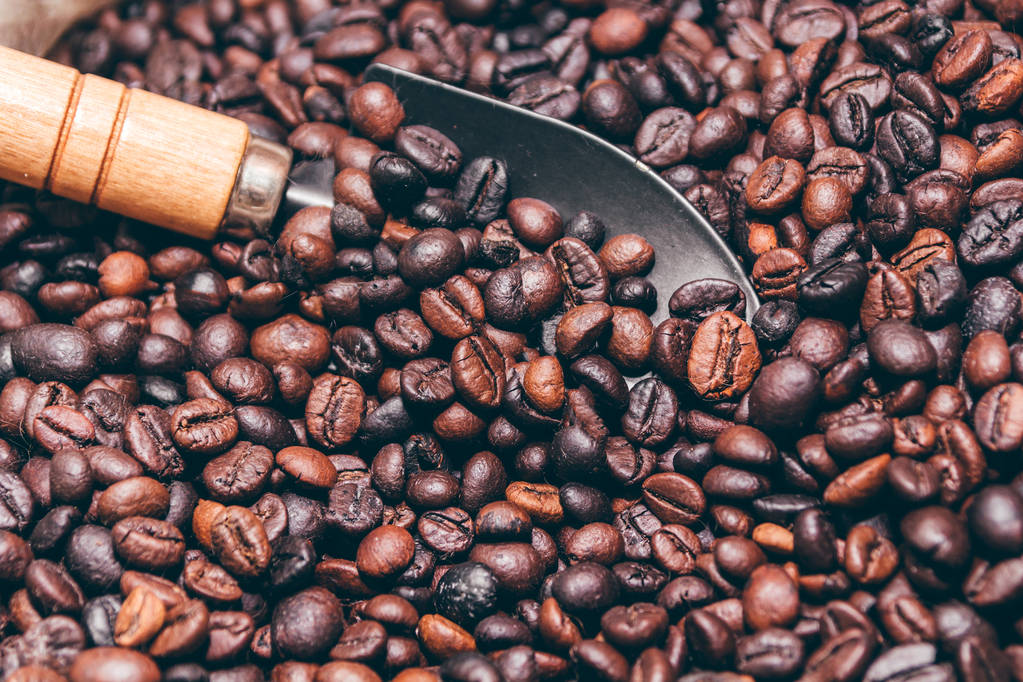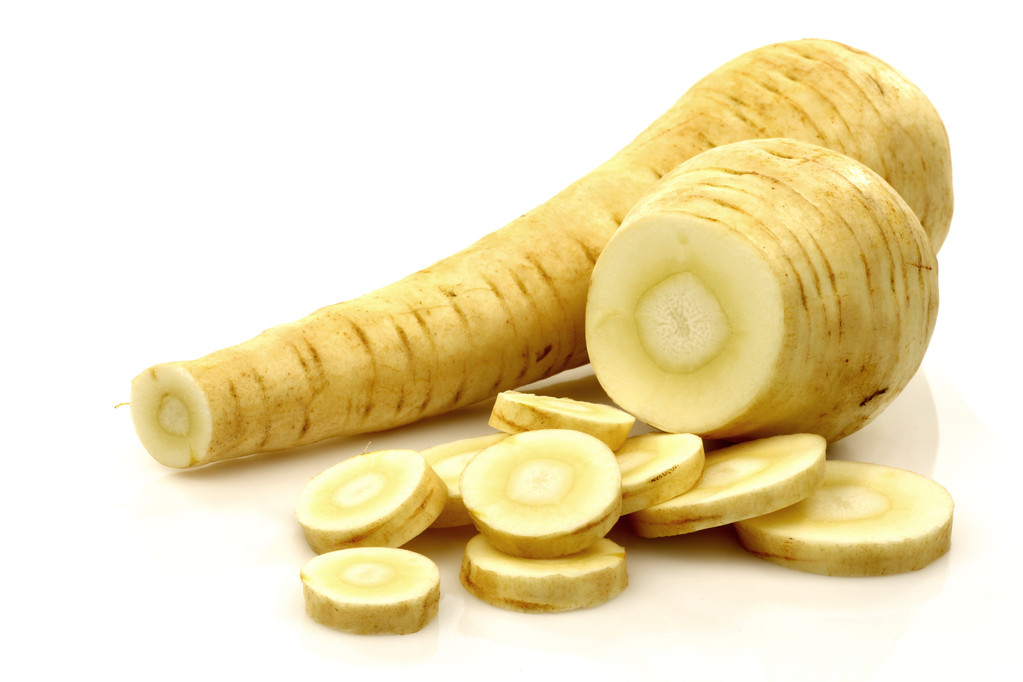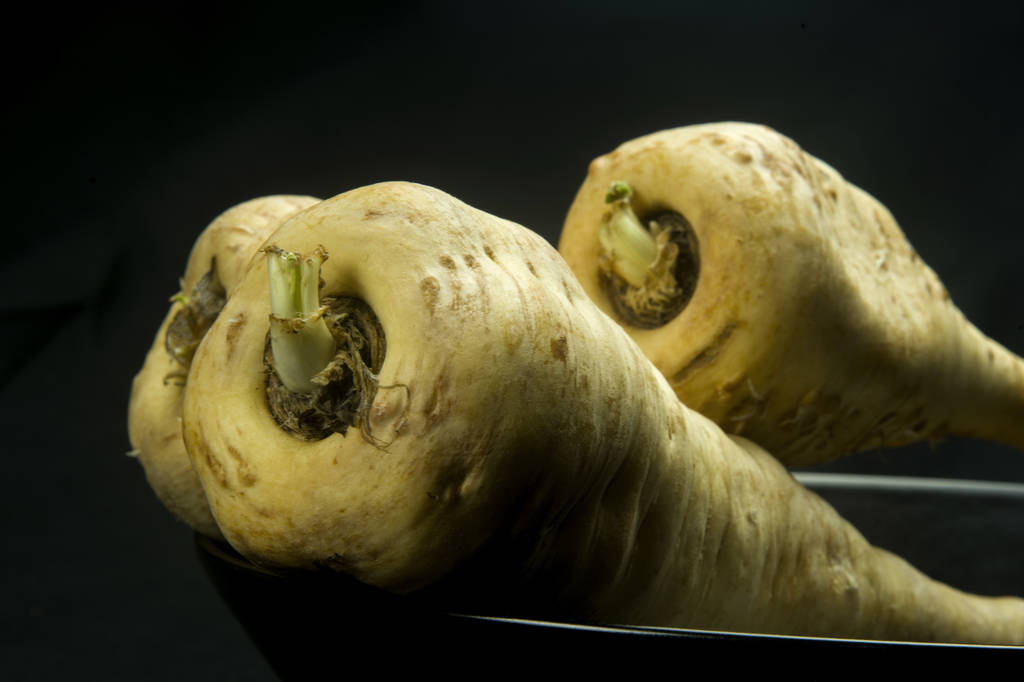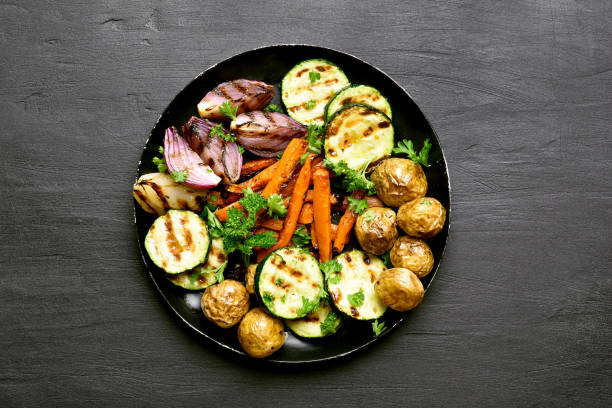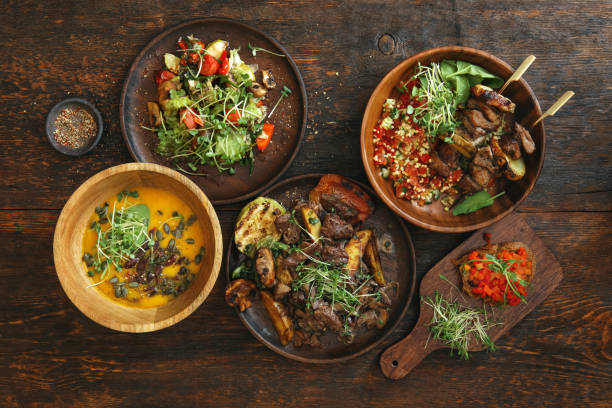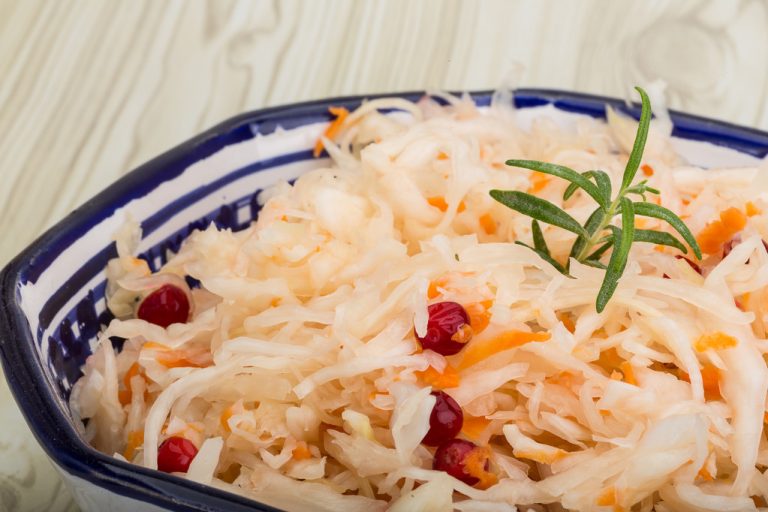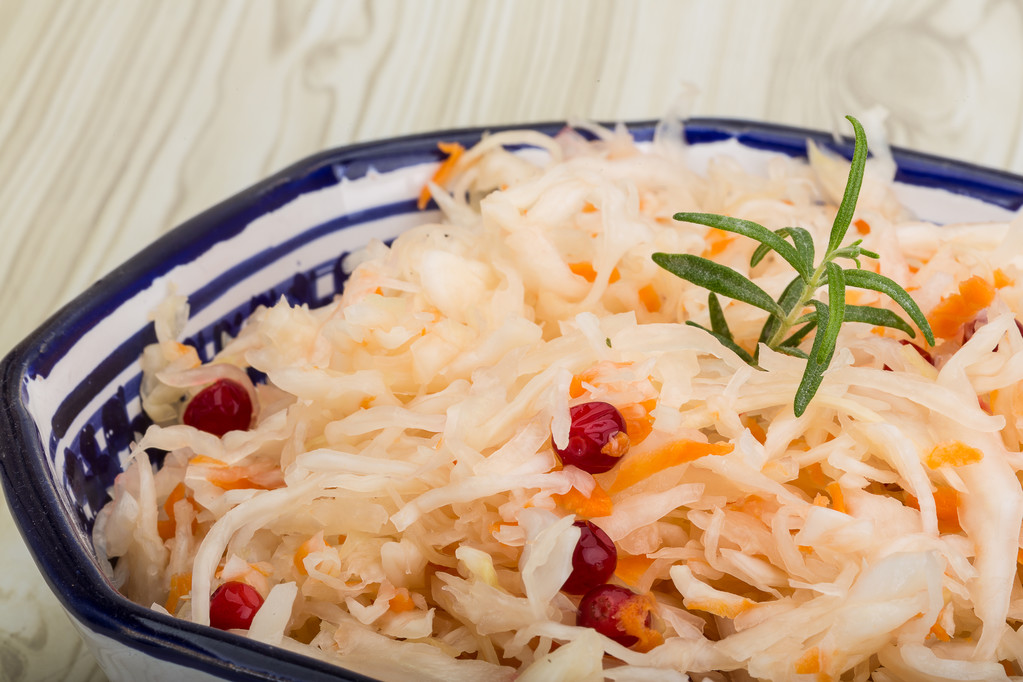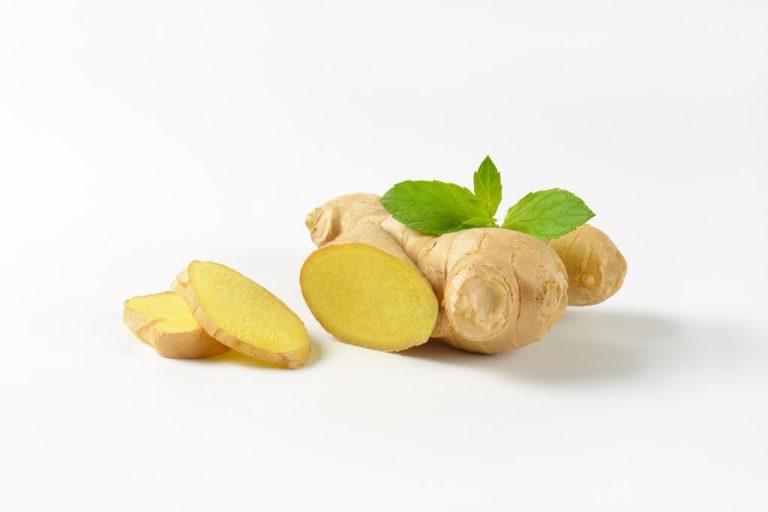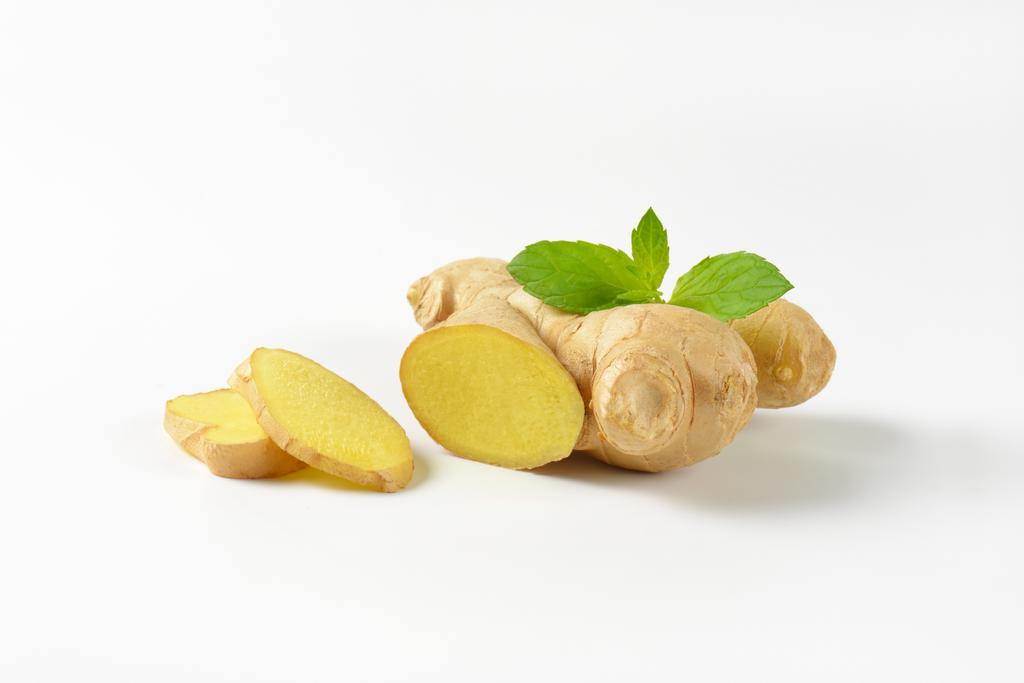We love the hazelnut. Roasted, ground, in nut mixes for nibbling, in cookies, tarts and cakes, as schnapps, liqueur, nougat chocolate or creamy chocolate spread. Without hazelnuts, the world of sweet temptations would be a lot poorer and more boring.
But not only that: the hazelnut – like many other types of nuts – seems to have positive effects on memory and cholesterol levels. Hazelnuts are said to help with weight loss and increase overall performance. Known and valued as a food since time immemorial, hazelnuts often play a role in fairy tales and stories.
A super nut that has always made people happy, smart and slim. And it grows wild and without extensive care on almost every corner of Europe. So off to the next hedge, harvested the hazelnuts there and found the ultimate addition to your own diet? Well, it’s not that simple after all.
A hazelnut tree is not a hazelnut bush
Hazelnut is hazelnut. The small dark brown seeds of the hazelnut bush from the hedge in the nearby forest are collected there, then roasted and processed. Perhaps there are still plantations where hazelnut hedges line up next to hazelnut hedges. But everything here in Central Europe, no long transport routes and controlled quality? Mistake!
Because the majority of the hazelnuts sold in the trade do not come from our native common hazel, Corylus avellana, but from the Lambert’s hazel (Corylus maxima). Both species are closely related, so the term “hazelnut” is a collective term for the fruits of both species.
But while the common hazel develops those shrubs that we associate with “hazelnut”, the Lambert’s hazel grows as a shrub – or as a hazelnut tree. Even if the two varieties are very similar, the Lambert hazel prefers a warmer, more Mediterranean climate. Consequently, almost 90 percent of our hazelnuts sold here come from either Turkey or Italy.
Our ancestors knew: The hazelnut is healthy
The hunters and gatherers of the Stone Age held hazelnuts in high esteem. The extremely high-fat and therefore high-calorie hazelnut was a coveted source of energy in the cold winter and up to spring if stored correctly. Originally probably native to the area of today’s Turkey, the common hazel quickly spread across Central Europe – our ancestors probably brought the hazelnuts with them.
The Romans, Germans and Celts also considered nuts to be valuable food. Of course, nobody was concerned with the ingredients of hazelnuts at the time. But from observation and experience, it was already known back then that nut eaters are healthier and live longer. Scientific studies are now examining these effects, and they seem to confirm the experiences of our ancestors.
What’s in the hazelnut? The ingredients
When it comes to the ingredients of hazelnuts, the fat content comes first at 63 percent. The positive thing about this is that the majority (around 45 percent) are mono- or polyunsaturated fatty acids. The associated energy value is negative: 100 g hazelnuts hit the hips with 650 kcal. The many calories have given hazelnuts the reputation of being fattening foods. That is only partially true – because they are also very filling and can lower the cholesterol level. In addition, the hazelnut is full of valuable nutrients. It is rich in B vitamins (B1, B2, B3, B6, B9), calcium, potassium, magnesium and trace elements such as zinc and copper. That is why nutritionists, including the DGE, even recommend frequent consumption of hazelnuts. Because of the calories but please only in moderation!
Roast hazelnuts – and everything is gone?
The brown nut kernels are usually available roasted, whether as whole hazelnuts, chopped or ground. Now the hazelnuts are heated when roasting in a pan or oven (industrial these are only much larger than at home) – and heat, as is well known, destroys the valuable ingredients in many foods. The same applies to processing in hazelnut cake, hazelnut ice cream or hazelnut liqueur if the hazelnuts are heated at least briefly. However, the hazelnut is an exception: its ingredients, especially the fatty acids, change only minimally when heated. The unsaturated fatty acids and minerals of the hazelnut are retained. However, this also applies to allergens. The allergens are only reduced when they are heavily processed, such as in nougat or hazelnut spreads.
Hazelnut cookies, hazelnut cake and other recipes with hazelnuts
Speaking of processing, let’s take a look at the sweet side of hazelnuts. As a versatile talent, we encounter it in almost all types of sweets. Cookies, nut cake, macaroons and many other baked goods based on hazelnuts make the hearts of those with a sweet tooth beat faster, especially around Christmas.
For those who prefer it spicy, chicken with hazelnuts would be a nice change on the plate. The hazelnut also cuts a fine figure with schnapps or vodka. And as hazelnut milk, the all-rounder is a tasty alternative to cow’s milk.
About the effects and undesirable effects of hazelnuts
What effects does the hazelnut have exactly? Observational studies have shown that regular consumption of nuts can reduce the risk of coronary heart disease (such as heart attacks). The risk factors of such diseases are therefore primarily examined: cholesterol levels, blood lipids and blood sugar levels. While hazelnuts seem to have less of an impact on blood lipids and blood sugar, they lower cholesterol levels significantly. One of the secondary plant substances in hazelnuts also had a positive effect on the brain and memory in animal experiments. It is not yet clear why or how exactly the hazelnut works. Still, nuts are a worthwhile area of research in the face of an aging society.
But what works also has side effects. In the case of hazelnuts, these are allergies. These can range from mild (tingling, nettle-like sensation in the mouth) to severe (shortness of breath). Interestingly, hazelnut allergy has different triggers in different groups of people. Children react differently than adults and North/West Europeans differently than Southern Europeans. Since there is no treatment yet, the only option for those allergic to hazelnuts is to avoid products containing hazelnuts. The good news: allergy sufferers with the mild form generally tolerate highly processed products such as hazelnut spreads quite well.
Monopolies and the downside of hazelnuts
The hazelnut is delicious, also and especially healthy for a vegan lifestyle, probably even prolongs life and supports healthy aging. So everything is great, isn’t it? A proverb says that where there is light, there is also shadow – this is certainly true of the hazelnut. Hazelnut bushes thrive best in moderately warm climates. The harvest in Central Europe is correspondingly small. In any case, far too little to satisfy our hunger for hazelnuts in a wide variety of preparation forms.
About 80 percent of the global hazelnut harvest comes from Turkey, around 15 percent from Italy. Concentrating on a single, leading growing area worldwide is accompanied by a variety of problems: Monocultures – in order to be able to meet demand, plant protection products and pesticides are always used. In addition, the harvest volume available worldwide (and thus the world market price) is heavily dependent on the weather in the main growing region. In 2014, for example, a single frosty night in Turkey caused a “hazelnut crisis”. Prices went up, and hazelnut chocolate, nougat and the like became more expensive for us. In order to save the remaining harvest, more fertilizer was used and sprayed.
From an ecological point of view, the quasi-monopoly on hazelnuts is not exactly sensible and sustainable. And that’s not even the hazelnut’s biggest problem.
Harvesting hazelnuts – the dark side of (market) power
The hazelnut harvest is manual work, still. The hazelnuts must be picked individually from bushes or trees. In Turkey, the protection of children and young people is not particularly strictly observed. And because there are not enough adult unskilled workers available to harvest the amount in the short period of time, children from the age of ten work in the Turkish hazelnut plantations. ZEIT has published an article on this subject that is well worth reading.
The fact is well known, including Ferrero, one of the largest confectionery manufacturers and hazelnut buyers. The group disapproves of child labor, but there are no active countermeasures. The German confectionery industry takes a clearer position through its federal association BDSI. By participating in projects to combat child labor and sustainable cultivation methods, the BDSI is at least taking concrete steps to make our sweets more sustainable. Also because that is a criterion for success on the European market.
No hazelnuts are also not a solution
Hazelnuts make up a majority of our favorite bakeries and sweets. But the majority of hazelnuts are produced under ecologically and socially questionable conditions. In terms of sustainability, we would therefore have to do without all products with hazelnuts, grated or roasted hazelnuts and all nut mixtures. At least until all manufacturers have switched to sustainable organic hazelnuts.
A life without hazelnut cream? Never again chocolate? An ugly scenario, we thought. So we started looking for alternatives. And indeed: they exist, the hazelnut from German, organic cultivation. In Bavaria, for example, a number of organic farms have joined forces to grow hazelnuts in plantations and market them together; the fruits are offered in various shops in Germany. However, you have to search specifically, read labels or ask questions to find the “good” hazelnuts. A competent contact is the Association of Bavarian Hazelnut Growers. You can also order regionally grown hazelnuts (shelled/shelled) and hazelnut-based products through his website (simply click on one of the product descriptions and then download the order form).
Of course, you should still avoid industrially processed products, you never know which hazelnuts have actually been processed. Simply make your own hazelnut-based chocolate, biscuits, cakes or Nutella alternative (see our instructions). It may be a bit more complicated, but it is also guaranteed to be organic, sustainable and without harmful additives. In any case, the chocolate tastes even better for us. And maybe the idea of taking the hazelnuts from the nearest hedge, preferably in your own garden, is not so wrong?









